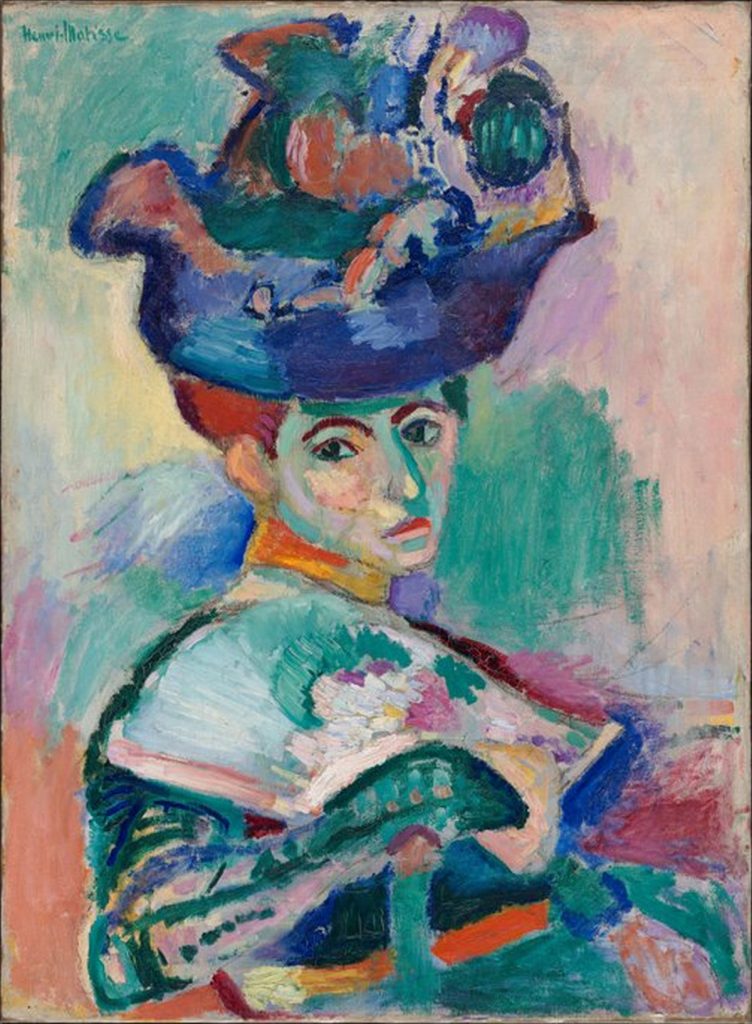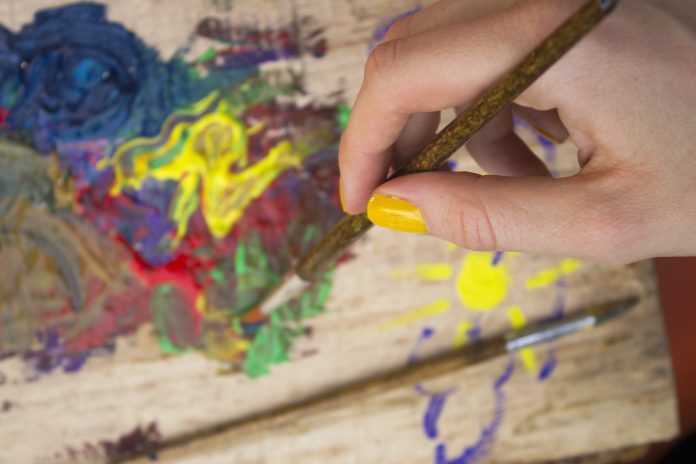The French painter Henri Émile Benoît Matisse (1869-1954) is known for his unique use of color and his original draftsmanship. Although he was a draftsman, printmaker, and sculptor, he is known primarily as a painter.
Most art historians regard him as one of the artists who best helped define the visual arts’ revolutionary developments during the first decades of the twentieth century. He is also seen as the father of Fauvism.
In this article, we’ll look at what Fauvism is, the life of Henri Matisse, and the role of Matisse, the artist in the early 20th century’s art movements.
What is Fauvism?
Fauvism was an early 20th-century Modernist movement. It advanced avant-garde experimentation, especially in France. The Fauvism artists are referred to as the “Fauves.”
The Fauves used color very powerfully and grounded it within the reality they experienced. So, the intensity of color-matched the artist’s experience of the subject they painted and not necessarily the actual color of the subject. The Fauves took Van Gogh’s and Gauguin’s expressive experimentation as a point of departure. But they went further and didn’t use color as a descriptive function but explored the effects colors had on the viewer and their psyches.
The Fauvism movement also showed how rapidly artistic movements could develop in modern times. Fauvism existed for only about five years but significantly impacted the evolution of Modernism and subsequent artists across Europe.
The Legacy of Fauvism
Many art historians and scholars believe that the end of the Fauvism movement resulted from the rise of Cubism. Where Fauvism concentrated on the language of color, as seen in some of the most famous Matisse paintings, Cubism refocused on the structure and organized form.
But the art scholars also agree that Cubism and Fauvism were not mutually exclusive. Although Fauvism lasted only from around 1904 until 1910, it was a crucial movement in developing Western Modernism.
Orphism, Abstract Expressionism, and many other Modernist movements developed out of the Fauvist period’s liberation of color and their color experimentation.
Who was Henri Matisse?
Henri Matisse was born in Northern France as the oldest son of a wealthy grain merchant. He grew up in Picardie, France. He started his law studies in Paris in 1887. After earning his qualification, he worked as a court administrator in Le Cateau-Cambrésis.
He started to paint in 1889 after his mother brought him art supplies to keep him busy after an attack of appendicitis. He discovered he loved painting and decided to become an artist. In 1891, he returned to Paris so that he could study art under William-Adolphe Bouguereau at the Académie Julian and at the Ecole Nationale des Beaux-arts under Gustave Moreau. His initial paintings were still lifes and landscapes in a traditional style.
In 1896, Matisse artist visited the Australian painter John Russell on an island off the coast of Brittany, who introduced him to the work of Vincent van Gogh and Impressionism in general. Matisse’s style then changed completely.
All About Matisse Artist
After his introduction to Impressionism and especially after the beginning of his friendship with Van Gogh, his whole style changed. He abandoned his earth-colored palette and started to work with bright colors. Matisse exhibited five of his masterpieces in the Société Nationale des Beaux-Arts salon in 1896. Two of the artworks were bought by the state.
When you check out Henri Matisse’s drawings and paintings, you’ll find that many Matisse paintings from 1898 to 1901 use a Divisionist technique. In 1902 his wife’s parents were involved in a financial scandal, and Henri Matisse had to provide for an extended family. As a result, his style changed during 1902/03. He adopted a style of Painting that was somber and concerned with form. Art scholars have the theory that this change in style was only to enhance the possibility of selling his works.
The colorism of his works created between 1900 and 1905 brought him notoriety in the art community as one of the Fauves. After 1906, he developed a rigorous style that emphasized flattened forms and decorative patterns. However, his use of the expressive language of color and drawing can be found in his works after 1906/7, and these works made him a leading figure in modern art.
Matisse and Fauvism
Fauvism as a style began around 1900 and continued until about 1910. Between 1904 and 1908, the movement had three exhibitions. First, Matisse and a group of artists now known as “Fauves” exhibited together in a room at the Salon d’Automne in 1905.
All the paintings at the exhibition expressed emotion with wild, dissonant colors, without regard for the subject’s natural colors. Matisse showed his “Open Window “and “Woman with a Hat” at these exhibitions.
The exhibition received harsh criticism but also some favorable attention. In fact, “Woman With a Hat” was singled out for special condemnation. But when it was sold, Matisse’s morale improved considerably.
Despite all the harsh criticism about Matisse’s works on exhibition during the early 20th century, he and the French painter Andre Derain created a new style of Modern art called Fauvism.
Matisse’s Painting that gave the Fauvism Movement its Name

“Woman with a Hat” is an incredible oil on canvas and depicts Matisse’s wife, Amelie. Matisse created the work in 1906, and it was exhibited at the Salon d’Automne in Paris. The Painting was at the center of the controversy about all the paintings at that exhibition.
Most of the works exhibited were in a new style and the art community of the time wasn’t ready for such a drastic change. But despite the controversy, that was the beginning of the first modern art movement of the 20th century.
An art critic used the term “Fauve” (“wild beast”) when describing the new style shown at the exhibition and precisely when he referred to “Woman with a Hat.” That was the “christening” of the new movement – Fauvism.
Conclusion
Henri Matisse developed a new painting style during the end of the 19th and beginning of the 20th century. He is seen today as the father of the Fauvism movement. He is also the “father” of the name of the movement as an art critic used the term “Fauve” (“wild beast”) to describe Matisse’s painting “Woman with a Hat.”
